Bologna is world famous for its arcades, one of the city's symbols. There are over 30 km of porticoes and it is said that in the rain you can visit the old city without getting wet, even if you forgot your umbrella at the hotel. But what's the connection between wood and these porticoes? It's a very old connection, because the first porticoes built in Bologna were made of wood. The story of their appearance is linked to the fact that Bologna is also known as the oldest university town.

A few years ago, I had the opportunity to visit Bologna and our guide was an Italian friend who was in love with the city where he also lived. The tour of the old town was a real lesson in history, art and architecture. From him we learned that Bologna is defined by 3 words: dotta, grassa e rossa - learned, fat and red. Docta because the first university in Europe was founded here in 1088. Fat because of the way people eat here, less "light" than in other parts of Italy, and the place where mortadella was born.
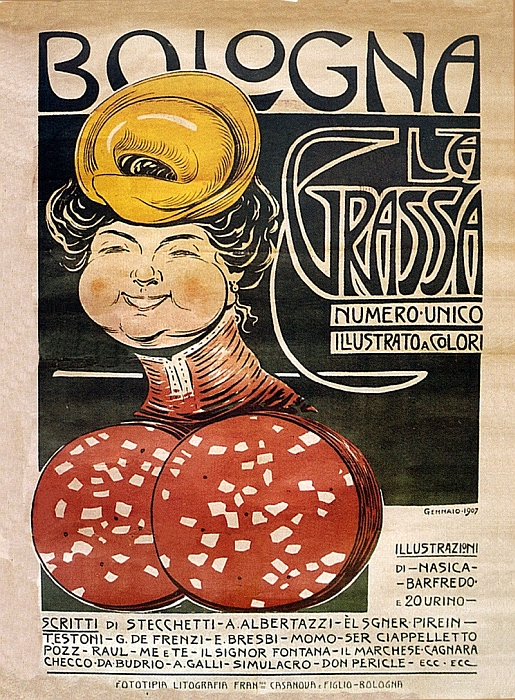
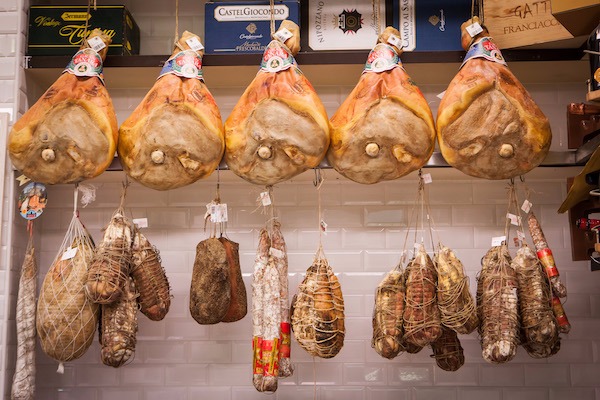
And red for the city color. The city has this brick-red color because there is a city law that forbids the use of any other color for houses, whether municipal or private. The houses are renovated using brick in all its shades and are covered with terracotta (olane). Seen from the hills, Bologna looks like a city forever covered in the red of sunset.
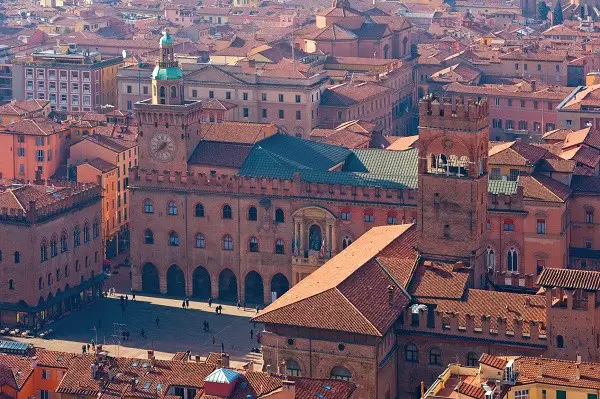
Another explanation for being called the red city is that, with very few exceptions, Bologna has always had communist mayors.
But let's go back to the establishment of the university. With the advent of the university, a lot of young people came to the city in need of accommodation, and the need for space increased. One very good idea was to extend the houses above the streets. Basically, instead of balconies, new rooms were built, supported on wooden beams of oaksometimes supported by poles placed directly on the street.
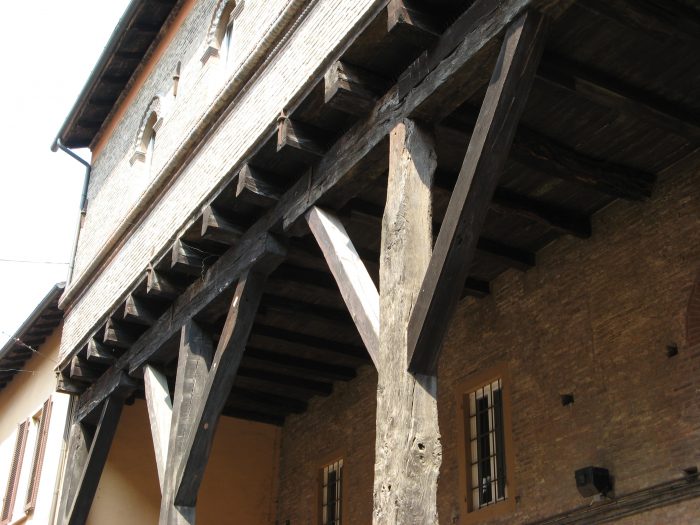
The trend caught on very quickly and soon a whole network of these cameras covered the streets and people were walking freely under them.
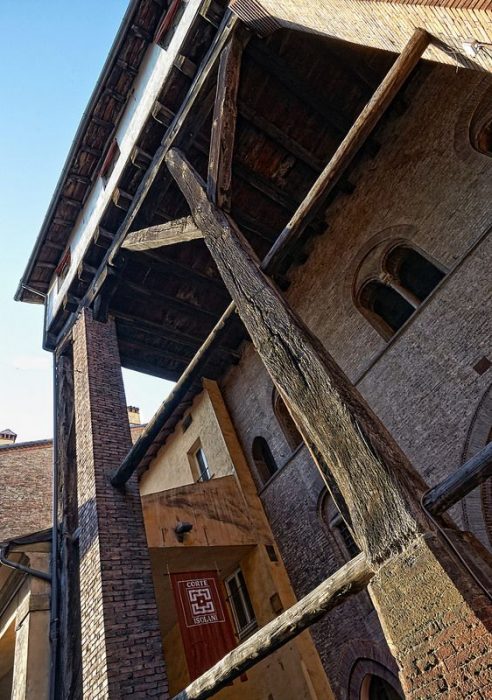
Over time, for greater strength and safety, the wooden supporting pillars were replaced by brick pillars. This allowed more elaborate constructions, with vaults and arches, resembling tunnels with openings to the street.
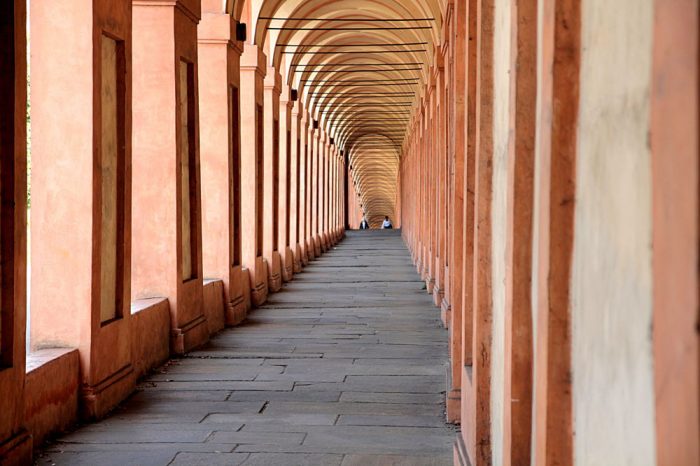
As Italy respects, maintains and restores all that is old, old wooden porticoes remain to this day, bearing witness to the first extensions of houses across the street.
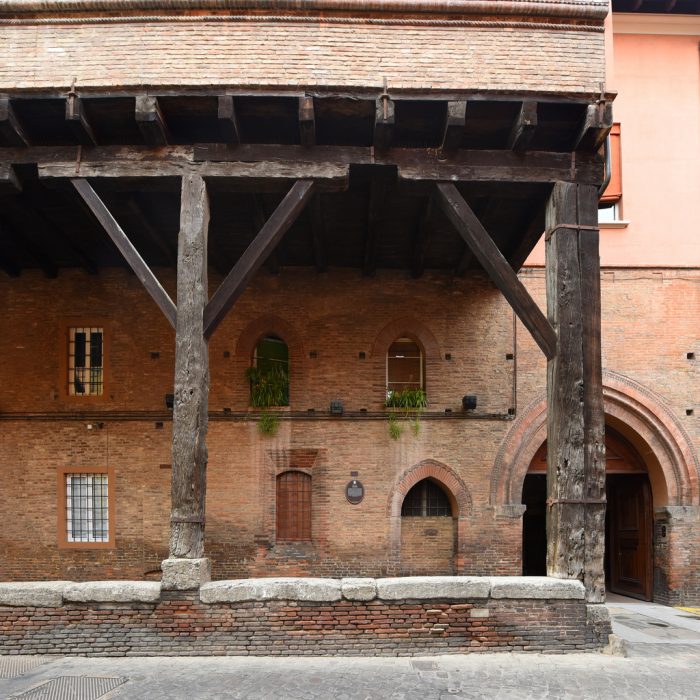
There is another theory about the appearance of the porticoes, related to trade. It is said that this gave the vendors an extra place to sell by going into the street. For me the first theory is more plausible because there are practically rooms above the streets, and the street is free to be traveled. Indeed now there are lots of famous shops and cafes in these arcades, but that's the charm of the city.
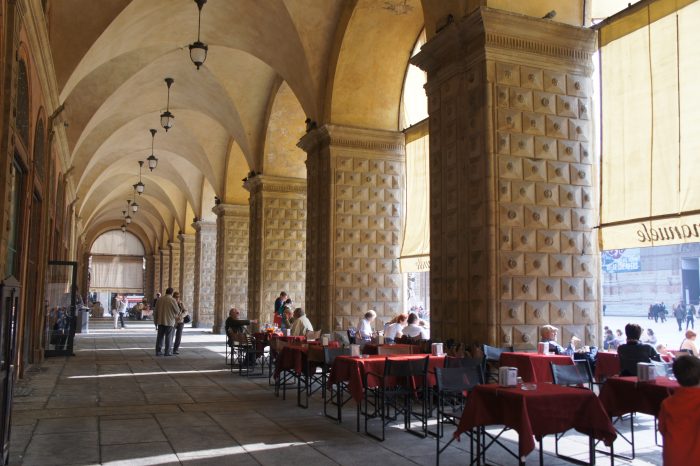



































Add comment